Description
Bismarck Palm, Bismarckia Nobilis
Bismarckia is a monotypic genus of flowering plants in the palm family endemic to western and northern Madagascar where they grow in open grassland. The genus is named for the first chancellor of the German Empire Otto von Bismarck and the epithet for its only species, Bismarckia Nobilis.
Features
Bismarckia Nobilis grows from solitary trunks, grey to tan in colour, which show ringed indentations from old leaf bases. Trunks are 30 to 45 cm in diameter, slightly bulging at the base, and free of leaf bases in all but its youngest parts. In their natural habitat they can reach above 25 meters in height but usually get no taller than 12 m in cultivation. The nearly rounded leaves are enormous in maturity, over 3 m wide, and are divided to a third its length into 20 or more stiff, once-folded segments, themselves split on the ends.
The leaves are induplicate and costapalmate, producing a wedge-shaped hastula where the blade and petiole meet. Petioles are 2–3 m, slightly armed, and are covered in a white wax as well as cinnamon-coloured caducous scales; the nearly-spherical leaf crown is 7.5 m wide and 6 m tall. Most cultivated Bismarckias feature silver-blue foliage although a green leaf variety exists (which is less hardy to cold).[2] These palms are dioecious and produce pendent, interfoliar inflorescences of small brown flowers which, in female plants, mature to a brown ovoid drupe, each containing a single seed.
Care for Bismarck Palm
Soil selection for Bismarck: Bismarck palms are easy to grow in the right environment as they are adaptable to a wide range of soils and prefer to have good drainage as the Bismarck does not like to have root rot. The Bismarck palm can adapt to either acidic or alkaline soil and prefers to be watered directly into the root system or sprayed through the palm heart. When planting the Bismarck palm make sure not to cover up any part of the trunk, as this will lead to problems as the Bismarck palm is susceptible to being eaten by microorganisms that live naturally in soil and other mediums





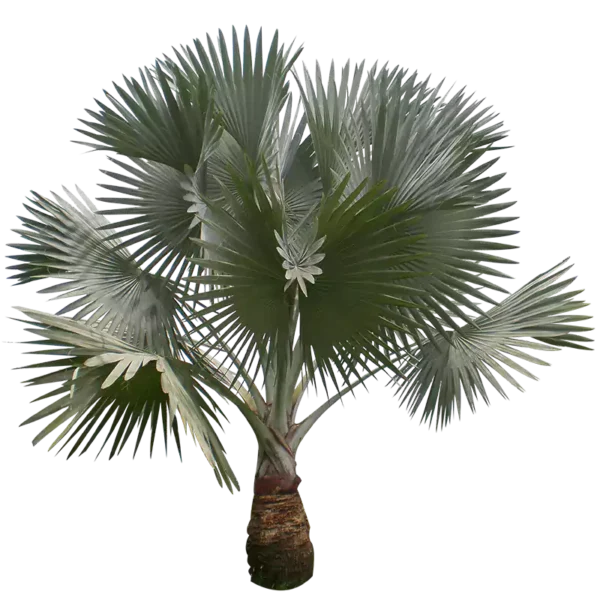

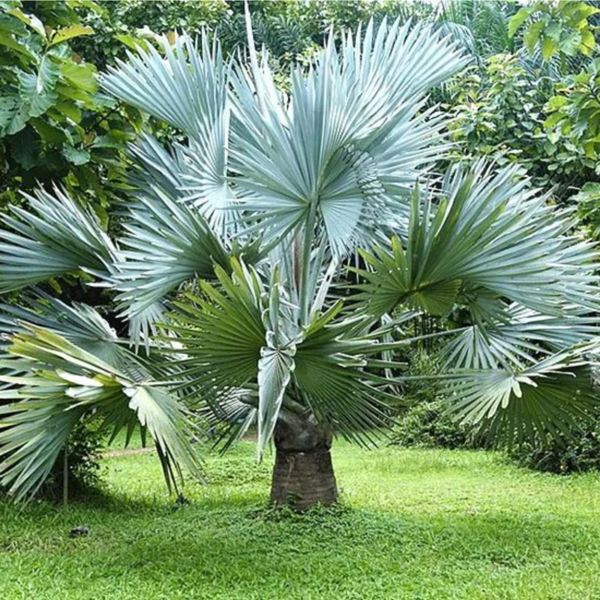
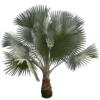
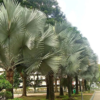
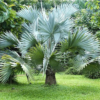


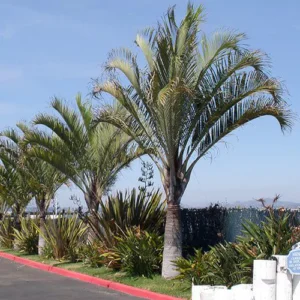
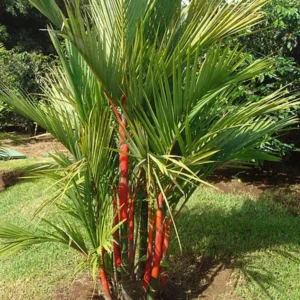
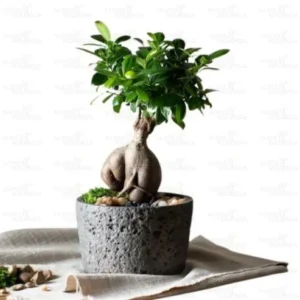
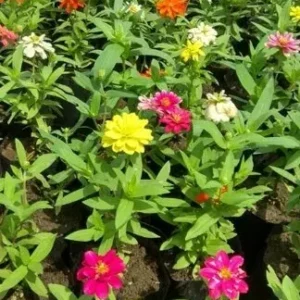

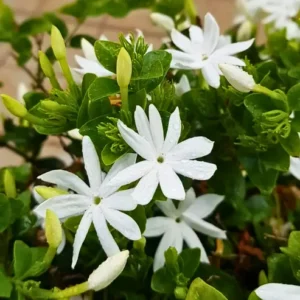

Reviews
There are no reviews yet.